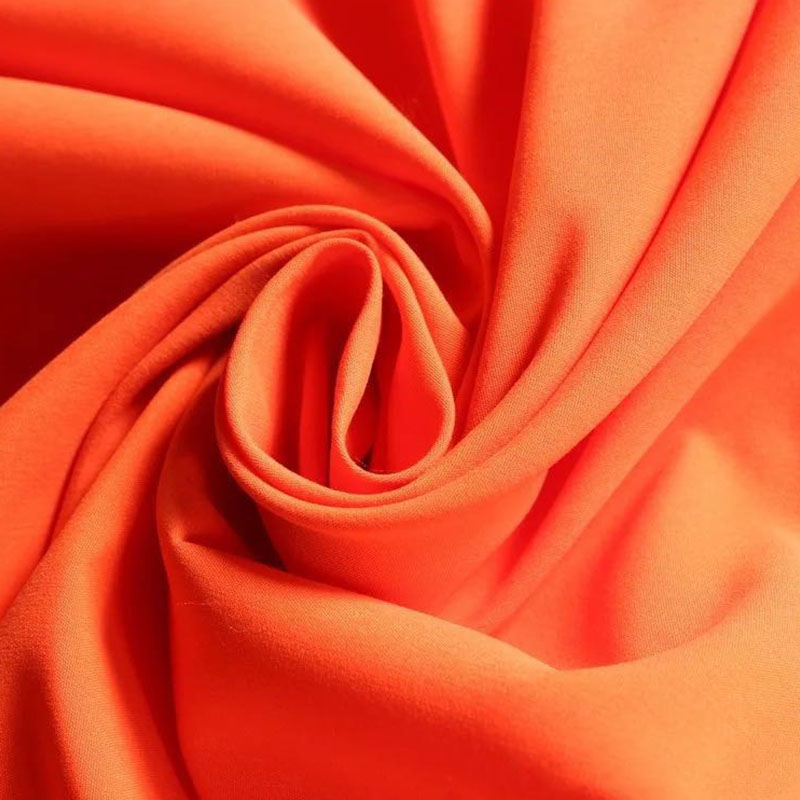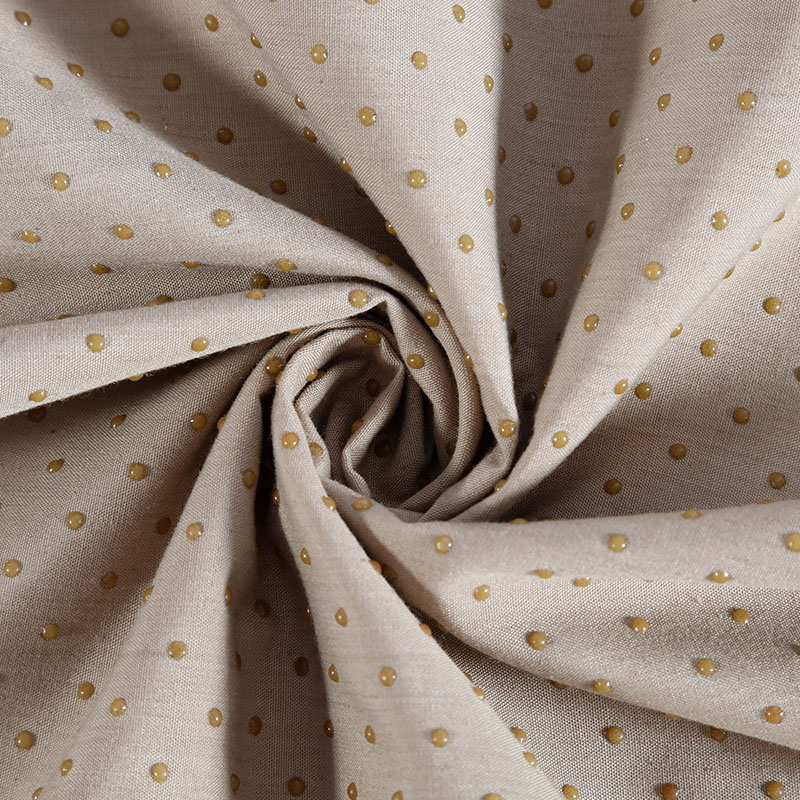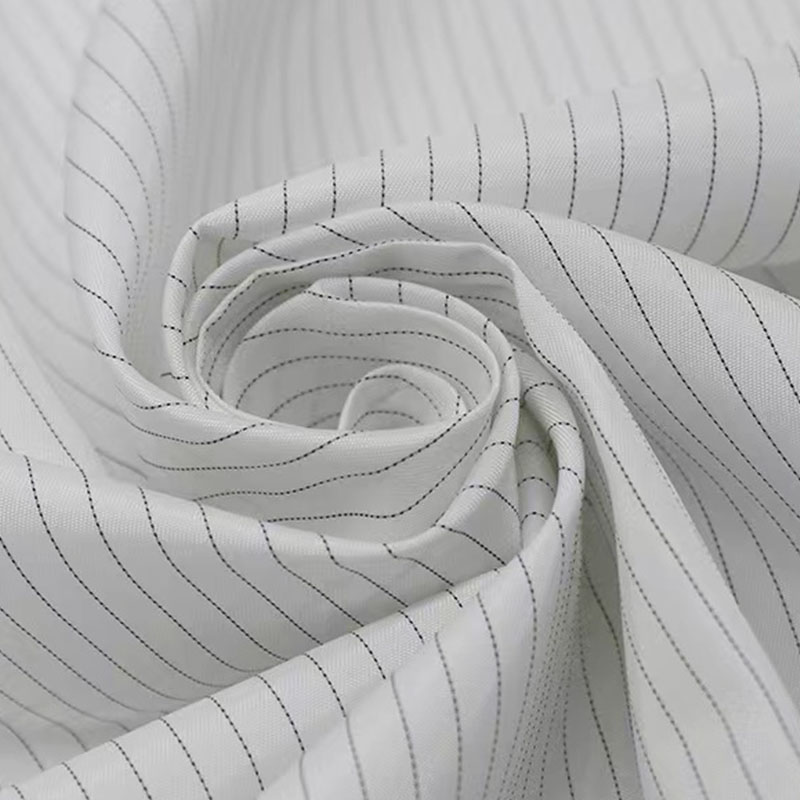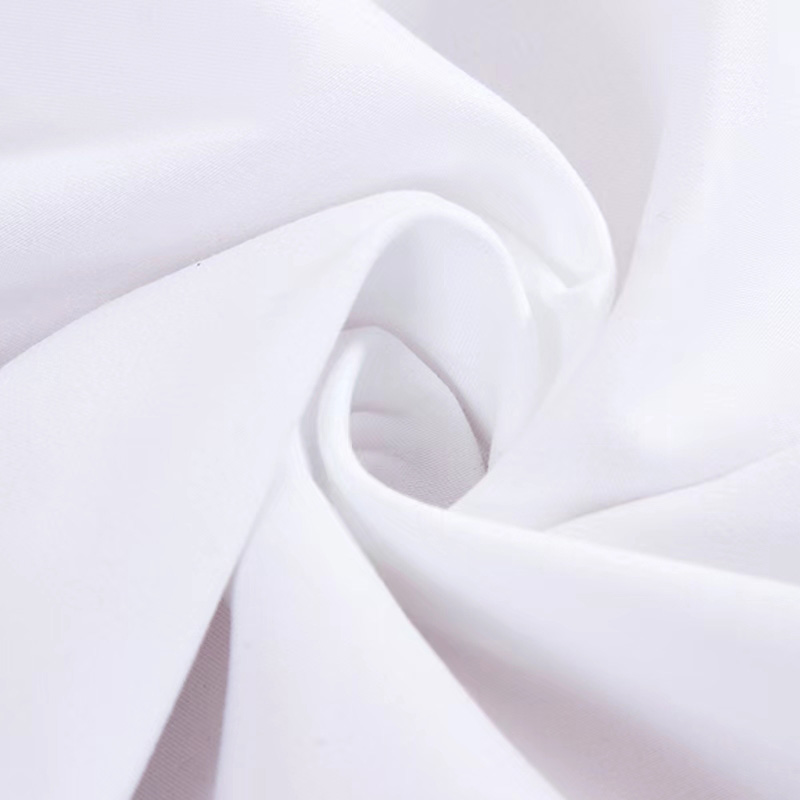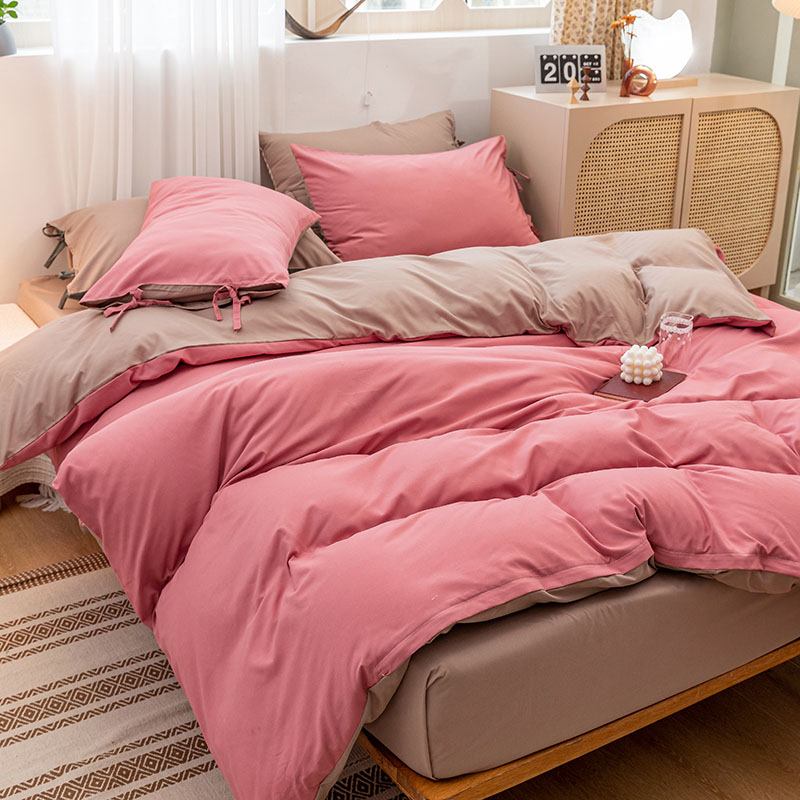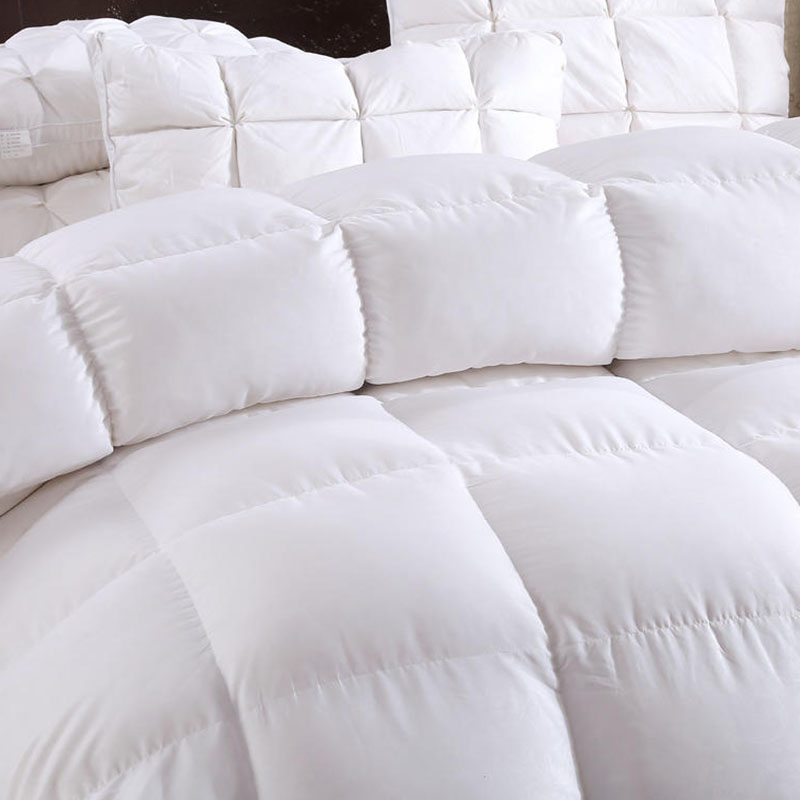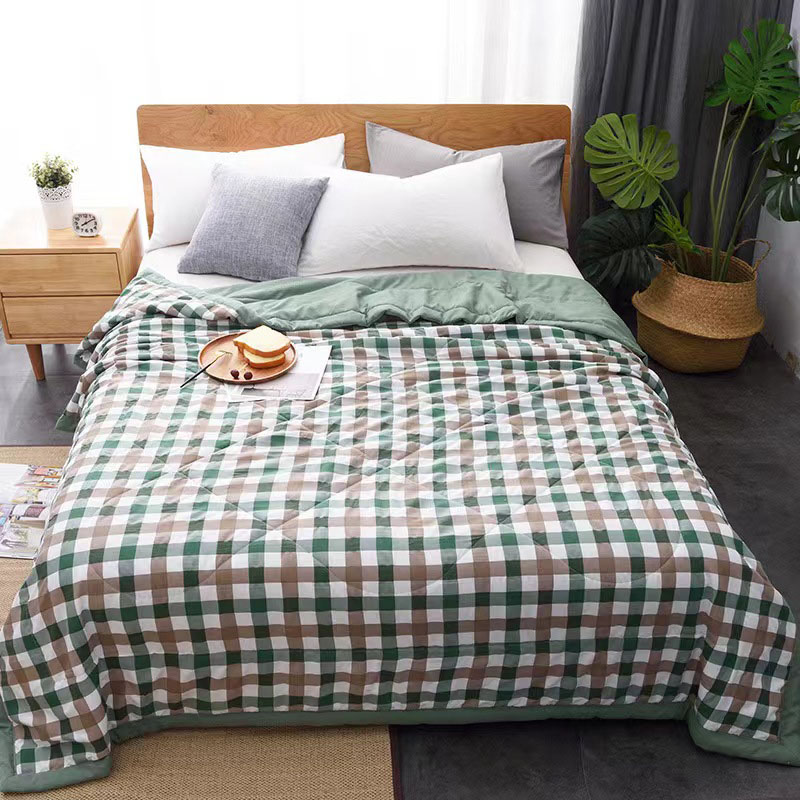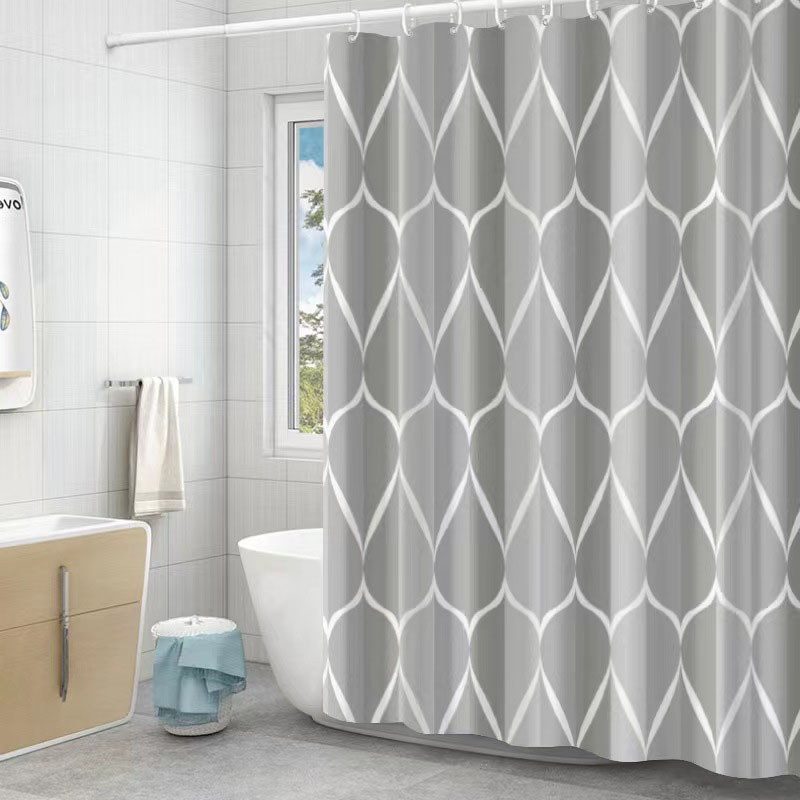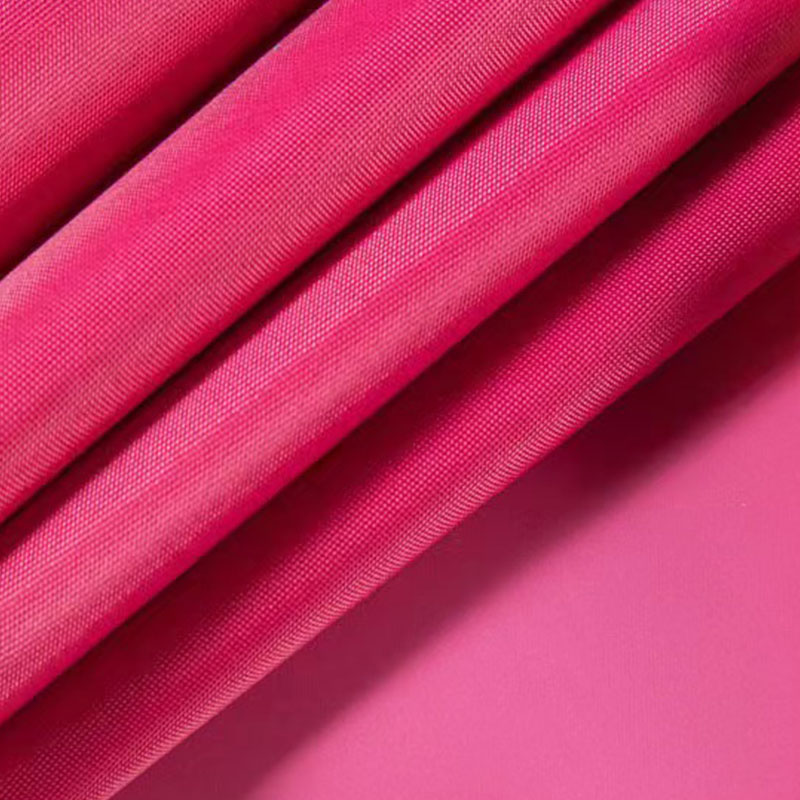When considering the production of polyester fabrics, the choice of printing method plays a critical role in determining the final product's quality, cost-effectiveness, and suitability for specific applications. Polyester nano printing is a relatively recent development in textile technology, offering a balance between traditional printing methods such as pigment printing and disperse printing. Understanding the differences between these techniques can help manufacturers and designers choose the right process for their needs.
Polyester nano printing utilizes nanotechnology to embed dyes or pigments into the fabric at a microscopic level, resulting in smooth, vibrant, and durable prints. In contrast, traditional pigment printing involves the application of pigment on the surface of the fabric using binders, which can lead to a somewhat stiffer hand feel. Disperse printing, on the other hand, uses heat to transfer dye directly into polyester fibers, creating bright and long-lasting colors but often requiring higher costs and more complex machinery. When comparing these methods, nano printing stands out for its ability to achieve relatively good color fastness and sharp printing effects without the high costs associated with disperse printing. Although it may not deliver the ultra-bright and deep penetration of disperse prints, nano printing produces clear, vibrant results superior to those of pigment printing, where colors may fade faster and feel less integrated into the fabric.
From a commercial perspective, Polyester nano printing strikes a cost-effective balance. It is cheaper than disperse printing, which typically involves high-end dyes and specialized machinery that can drive up production costs. While nano printing does require some investment in technology, the overall savings compared to disperse printing can be significant, especially for manufacturers looking to scale production or work with mid-range products. For businesses aiming to produce high-quality prints without incurring the premium costs of disperse dyes, nano printing offers a compelling solution. Additionally, the smoother hand feel and durability compared to pigment printing make it appealing for products that require a balance between comfort and visual appeal, such as home textiles, sportswear, and fashion apparel.
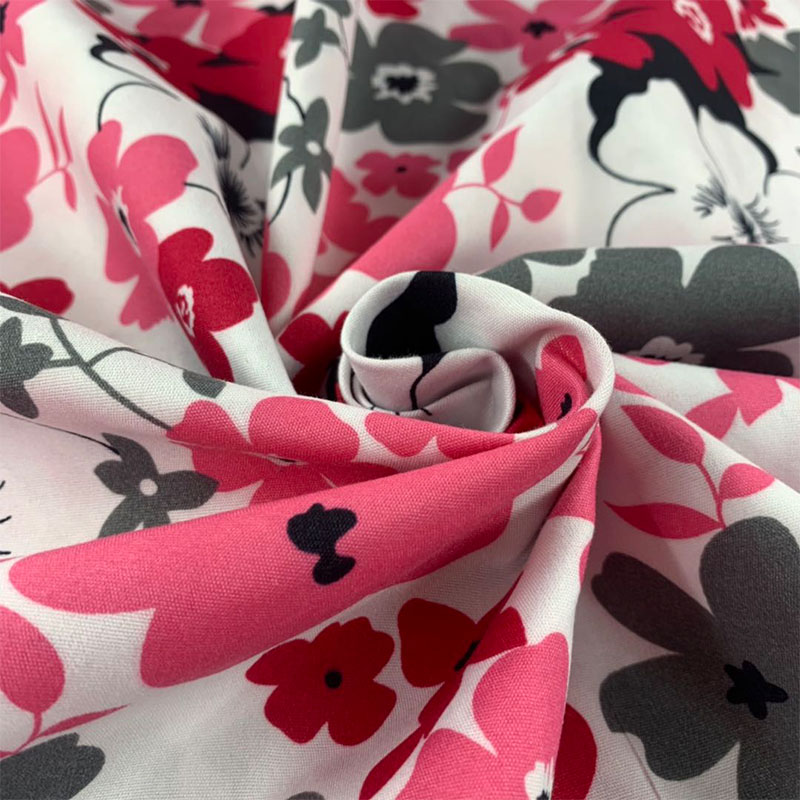
In terms of color fastness, nano printing offers better resistance to fading from washing and UV exposure than pigment printing, which often suffers from quicker deterioration in color vibrancy. However, disperse printing remains the gold standard in terms of color longevity, especially for items like swimwear or outdoor fabrics that are exposed to more extreme conditions. Yet, for many everyday applications, nano printing’s moderate color fastness is more than sufficient, providing a durable option for most consumers while being easier on a manufacturer’s budget. This makes nano printing ideal for mid-range textile products that do not demand the highest-end performance but still require long-lasting quality.
In daily life, polyester nano printing has become more popular as it blends affordability and durability. Consumers benefit from fabrics that feel softer and more comfortable than those printed with pigment, while still enjoying bright, clear colors. In industries where a good print effect is needed without compromising comfort or adding excessive costs, nano printing is a practical choice. Additionally, nano printing’s eco-friendliness, often requiring fewer chemicals and producing less waste, makes it attractive in a world increasingly conscious of sustainability. This edge adds another layer of appeal to nano printing for companies striving to reduce their environmental footprint while maintaining competitive prices.
Choosing the right printing method depends on the specific needs of your production. If your priority is producing high-end, highly durable items with brilliant colors, disperse printing may be the way to go. However, if you’re seeking a middle ground where quality, durability, and cost intersect, polyester nano printing offers an optimal solution, bridging the gap between traditional pigment printing and more expensive options like disperse printing. This versatility and balance of benefits make it a growing favorite in the textile industry, offering businesses a pathway to meet both market demands and production efficiency.

 English
English Español
Español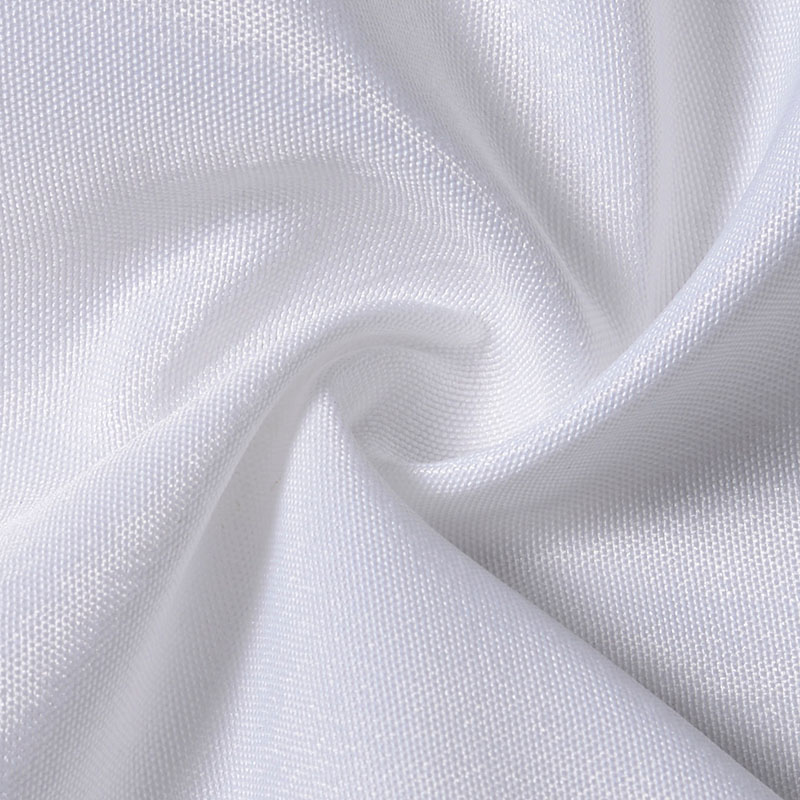





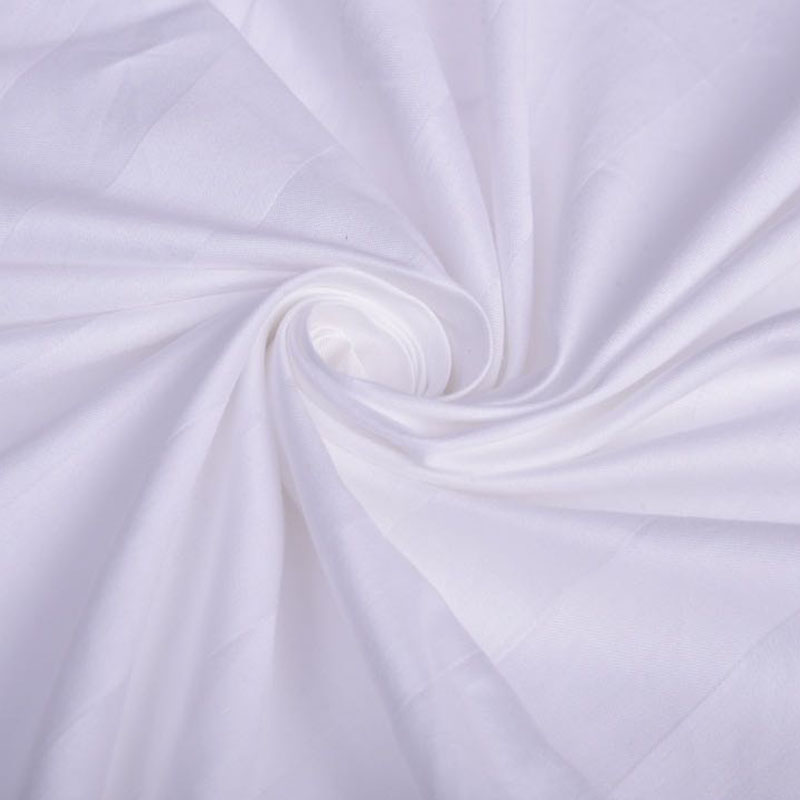

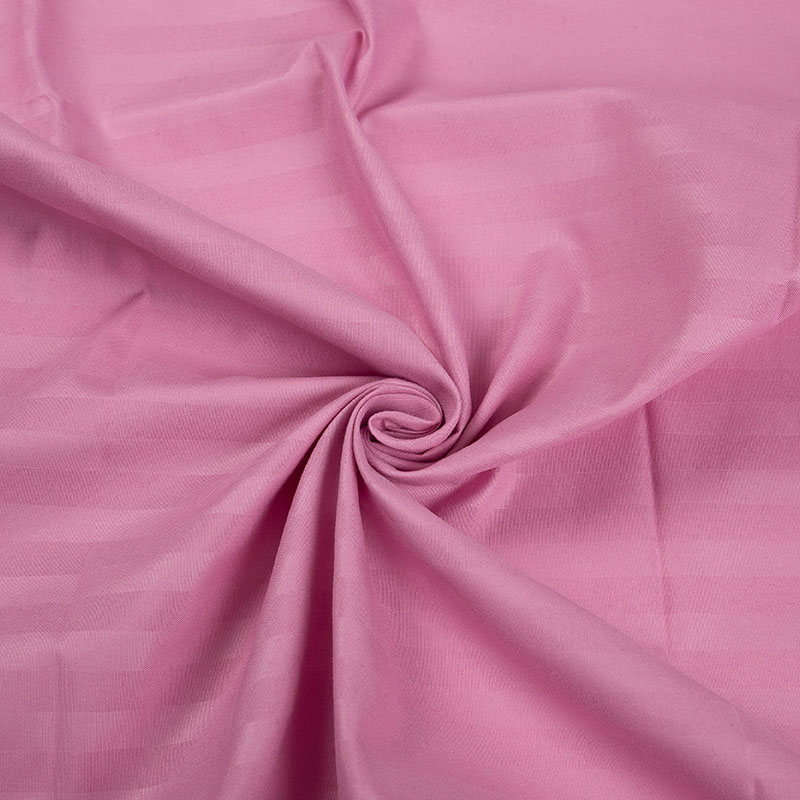







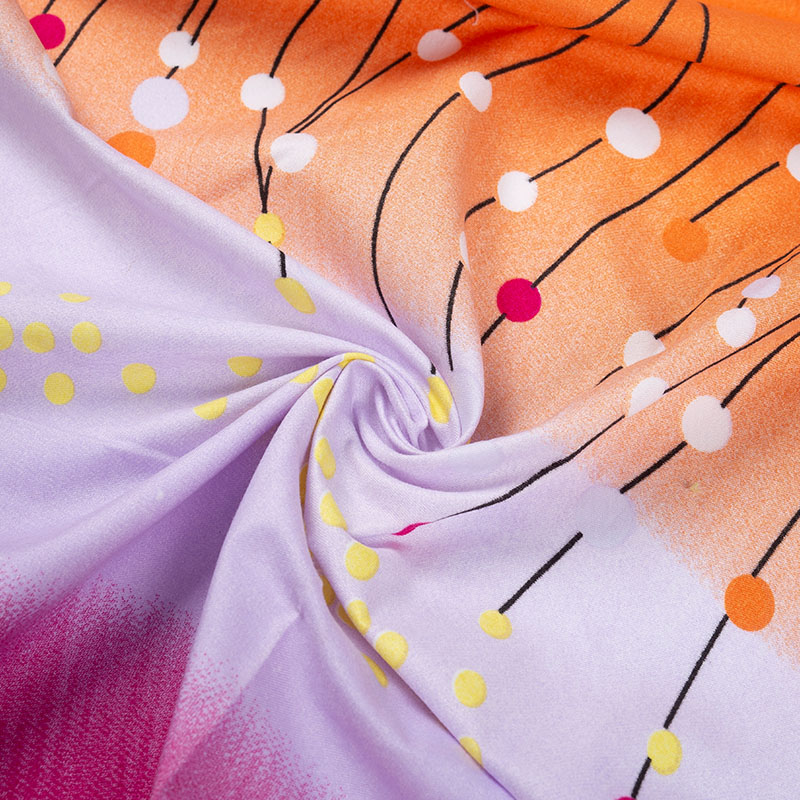
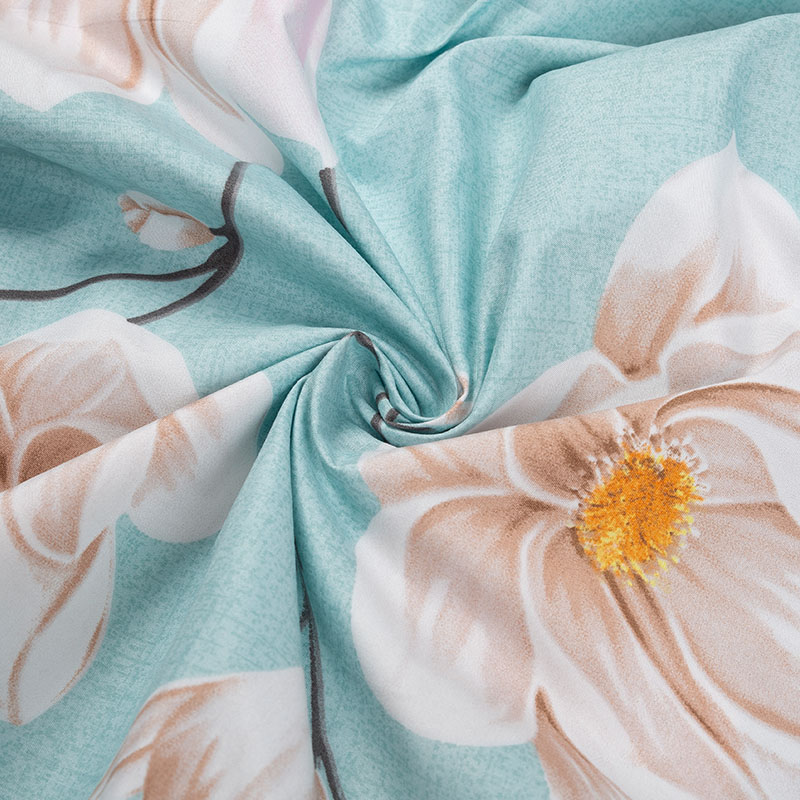






.jpg)
